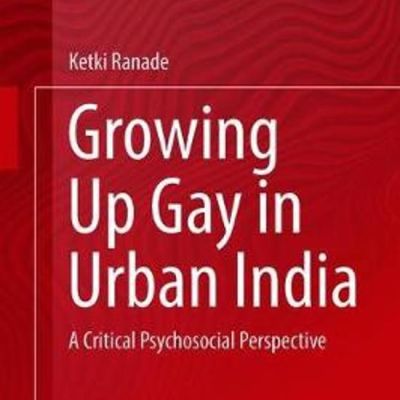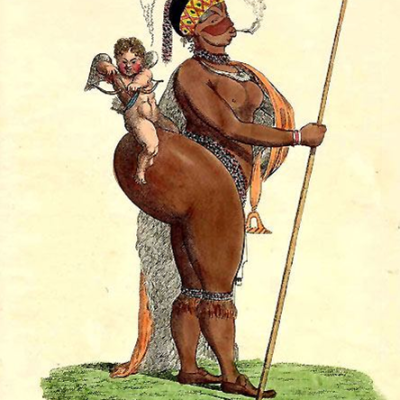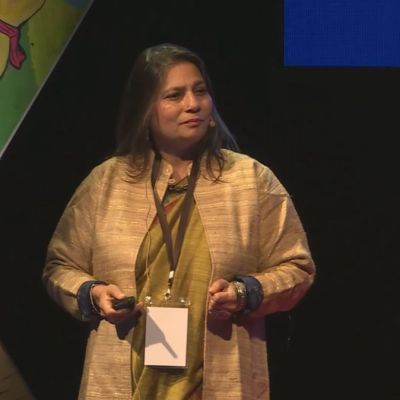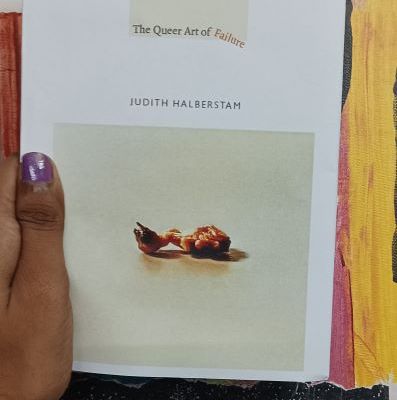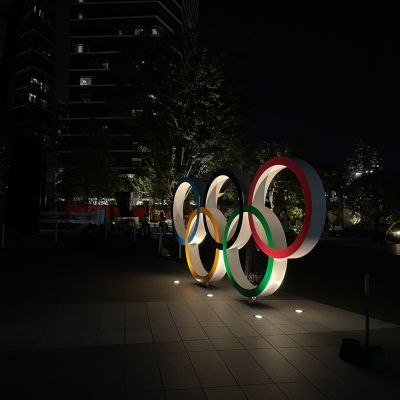diversity
The concluding chapter reiterates the aims of the book, i.e., “to start critical conversations within the disciplines of psychology, social work, childhood studies, and family studies in India and to think about exclusions inherent in these disciplines.
मैं अपनी यौनिकता को अपनी पहचान का अलग हिस्सा नहीं मानती। मैं अलग व्यक्ति नहीं हूँ क्योंकि मैं एसेक्शुअल हूँ। यह सिर्फ़ आकार देता है कि मैं कौन हूँ, वैसे ही जैसे मेरी राजनीतिक राय या धार्मिक विश्वास मेरे दुनिया के प्रति नज़रिए को आकार देते हैं।
और एक बार फिर यहाँ कार्निवाल को सफलता मिलती है। सबसे पहले ही एपिसोड में, ‘सामान्य’ नायक बेन, जो टेंट लगा कर अपनी मज़दूरी कमाते हैं, पहली बार छिपकली मानव गेको से टकराते हैं। गेको को त्वचा रोग है जिसके कारण पूरे शरीर में उनकी त्वचा पर मोटी, हीरे के आकार की, फीकी पपड़ी सी बन जाती है। इसके अलावा, उनकी कड़े बालों की पूँछ है।
There is no singular way of being queer or performing queerness. We are all products of converging and diverging histories and our queerness is shaped by forces tangible and intangible in the everyday.
I personally feel that any cause, specially one like kink that is in its nascent stages, needs its own space to grow, to affect enough people, before it merges with the larger cause of queerness, or sexuality, or even humanity.
In my 27 years of existence, I’ve embodied various personas and roles. Even today, I behave slightly differently in the office, around parents, at a party and when I’m alone in my room. In the mornings I’m often a lawyer, whereas during evenings I become an artist.
Society finds a million different ways to tell us that sports are not for women but why? In popular culture, it is mostly men who are shown to be excelling at sports. Athletic women are shown as out-of-place ‘tomboys’ and outcasts.
If the workplace looked anything like our world, it would have 50% men and 50% women, 7% would have a college degree, 55% would have access to the internet, and only 70% would have access to a smartphone.
In Pixar’s short film Purl, a pink ball of yarn – a stand-in for anyone who’s ‘different’ – is faced with this dilemma in a workplace context (the analogy would work in other contexts as well).
Feminine energy is supposed to be yin, receptive, gentle, intuitive,and fulfilling. Masculine energy is supposed to be yang, active, fast, fierce, emptying, goal-oriented and focused.
In a world where queerness is looked at as failure, The Queer Art of Failure allows for many possibilities to make sense of these failures.
The spotlight that the world’s biggest sporting event (arguably) has along with the inherent gender and sexuality bias in sport come together in how sportspersons and athletes are both perceived and perceive themselves in mainstream and social media.
Porn is able to express the ‘yummy yucky’ nature of many of our fantasies. I use the term ‘yummy yucky’ because I feel it captures a mix of that which is both “hot and disturbing”
It is the winter of 2013, and my father and I are sitting at an awkward distance from each other…

